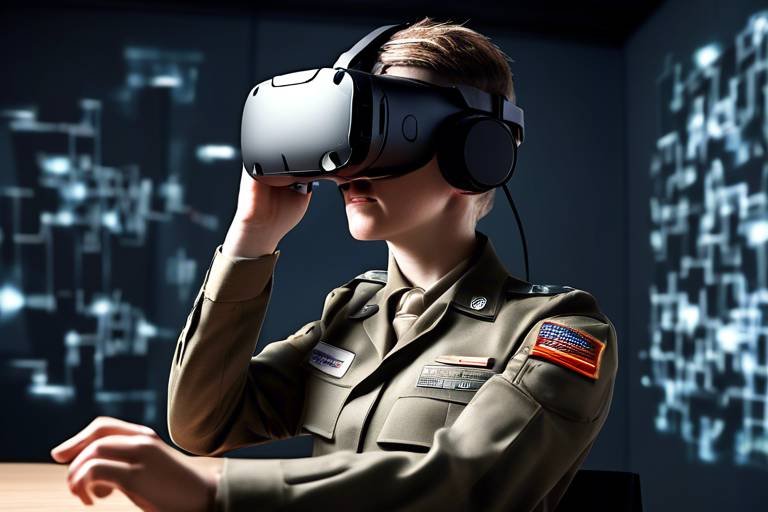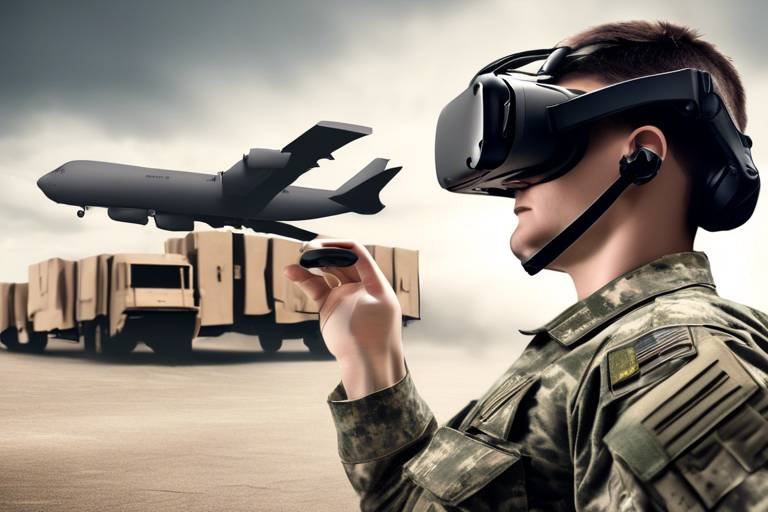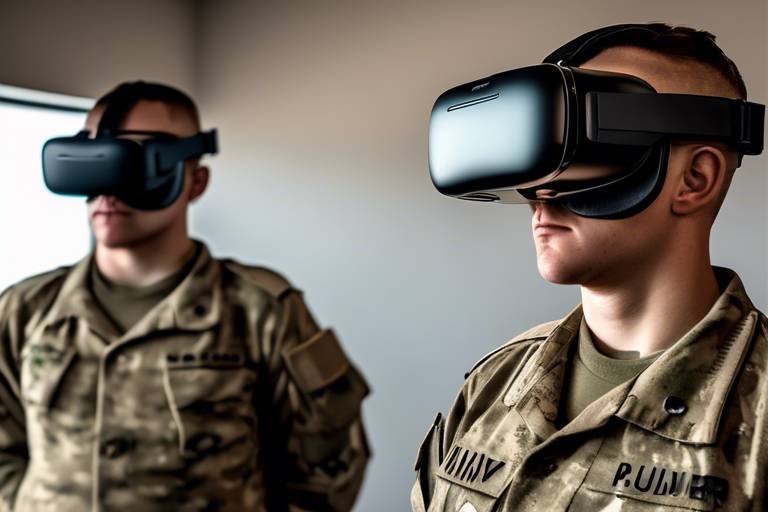Using VR for Humanitarian Assistance and Disaster Relief Training
In today's world, where natural disasters and humanitarian crises can strike at any moment, the need for effective training in disaster response has never been more critical. Enter Virtual Reality (VR), a groundbreaking technology that is transforming the way we prepare for these challenges. Imagine being able to step into a lifelike simulation of a disaster zone, where you can practice your responses without any real-world consequences. This immersive experience not only enhances learning but also builds confidence in trainees, equipping them with the skills necessary to act swiftly and effectively in actual emergencies.
As we explore the role of VR in humanitarian assistance and disaster relief training, it's essential to recognize that traditional training methods often fall short in providing the realism and engagement that VR can offer. With VR, trainees can encounter various scenarios—from earthquakes to floods—allowing them to experience the chaos and pressure of a real crisis. This level of immersion is crucial, as it fosters a deeper understanding of the complexities involved in disaster response.
Moreover, VR training can be tailored to reflect specific regional challenges, making it highly relevant to the trainees' future environments. For instance, a team preparing for disaster relief in a coastal area can engage in simulations that account for unique factors such as high tides and storm surges. This customization ensures that responders are not only prepared but also adaptable to the unpredictable nature of emergencies.
In the following sections, we will delve into the numerous benefits of immersive learning through VR, the importance of scenario-based training, and the collaborative aspects of VR that enhance teamwork among responders. Additionally, we will discuss the cost-effectiveness of implementing VR training and its potential for scalability, making it accessible to organizations worldwide. As we look to the future, the integration of advanced technologies like AI into VR training promises to make these simulations even more realistic and impactful.
Virtual reality offers a unique platform for simulating real-world scenarios, allowing trainees to practice their responses to disasters in a safe and controlled environment, ultimately enhancing their readiness for actual emergencies.
Immersive learning through VR can significantly increase engagement and retention of information, enabling trainees to experience realistic situations that foster critical thinking and decision-making skills essential for effective disaster response.
Scenario-based training in VR allows participants to face various disaster situations, helping them develop problem-solving skills and adaptability, which are crucial when responding to unpredictable emergencies in real life.
By replicating realistic crisis situations, VR training prepares responders to manage stress and make quick decisions, equipping them with the experience needed to handle emergencies effectively.
VR technology enables the customization of training environments to reflect specific regional challenges, ensuring that trainees are well-prepared for the unique conditions they may encounter during actual disaster relief efforts.
VR training fosters collaboration by allowing multiple participants to engage in simulations together, enhancing communication and teamwork skills vital for successful humanitarian operations during crises.
Implementing VR training can reduce costs associated with traditional training methods, such as travel and logistics, while also minimizing the risks involved in live training exercises during disaster preparedness drills.
VR training can be easily scaled to reach a larger audience, making it accessible to organizations across the globe, regardless of their location, thus improving overall preparedness for humanitarian crises.
As technology advances, the integration of VR in humanitarian training is expected to grow, with potential developments including AI-driven simulations and enhanced interactivity, making training even more effective and realistic.
- What is VR training? VR training uses virtual reality technology to create immersive simulations for training purposes, allowing participants to practice skills in a controlled environment.
- How does VR improve disaster response training? VR enhances training by providing realistic scenarios that foster critical thinking and decision-making skills, making responders more prepared for real-life emergencies.
- Is VR training cost-effective? Yes, VR training can reduce costs associated with traditional training methods, such as travel and logistics, while also minimizing risks during live training exercises.
- Can VR training be customized? Absolutely! VR technology allows for the customization of training environments to reflect specific regional challenges and scenarios.
- What does the future hold for VR in humanitarian aid? The future of VR in humanitarian training looks promising, with advancements like AI-driven simulations and increased interactivity expected to enhance training effectiveness.

The Role of VR in Training
Virtual reality (VR) has revolutionized the way we approach training for humanitarian assistance and disaster relief. Imagine being able to step into a fully immersive environment where you can experience a disaster scenario without the associated risks. This is precisely what VR offers. By creating a safe and controlled environment, VR allows trainees to practice their responses to various emergencies, enhancing their readiness for real-world situations. It's like having a flight simulator for disaster response; you can learn the ropes without the fear of making a mistake that could have serious consequences.
One of the standout features of VR training is its ability to simulate real-world scenarios that are often unpredictable and chaotic. In a traditional training setting, participants may learn about disaster response protocols, but they rarely get to experience the intensity and urgency of a live situation. With VR, trainees can find themselves in the midst of a simulated earthquake, flood, or refugee crisis, where they must make quick decisions and execute their training in real time. This kind of immersive learning not only boosts confidence but also helps develop critical thinking and decision-making skills that are essential in high-pressure situations.
Moreover, VR training can be tailored to reflect specific regional challenges that responders may face. For instance, a team preparing for a hurricane relief mission can train in a virtual environment that mimics the local geography and infrastructure. This customization ensures that trainees are well-prepared for the unique conditions they will encounter when they step into the field. The ability to adapt scenarios based on geographical and cultural factors is a game changer, making the training much more relevant and effective.
In addition to individual preparedness, VR training promotes teamwork and collaboration. Many VR platforms allow multiple participants to engage in simulations simultaneously, which fosters communication and coordination among team members. This is particularly important in humanitarian missions, where effective teamwork can mean the difference between life and death. Imagine a scenario where a group of responders must work together to set up a temporary shelter in the aftermath of a natural disaster; VR can facilitate this experience, helping teams to build trust and improve their collaborative skills before they even arrive on the scene.
In conclusion, the role of VR in training for humanitarian assistance and disaster relief is not just a passing trend; it is a transformative approach that enhances preparedness and response capabilities. By immersing trainees in realistic simulations and providing them with the tools to adapt and collaborate, VR is setting a new standard for how we train those who are on the front lines of crisis management.
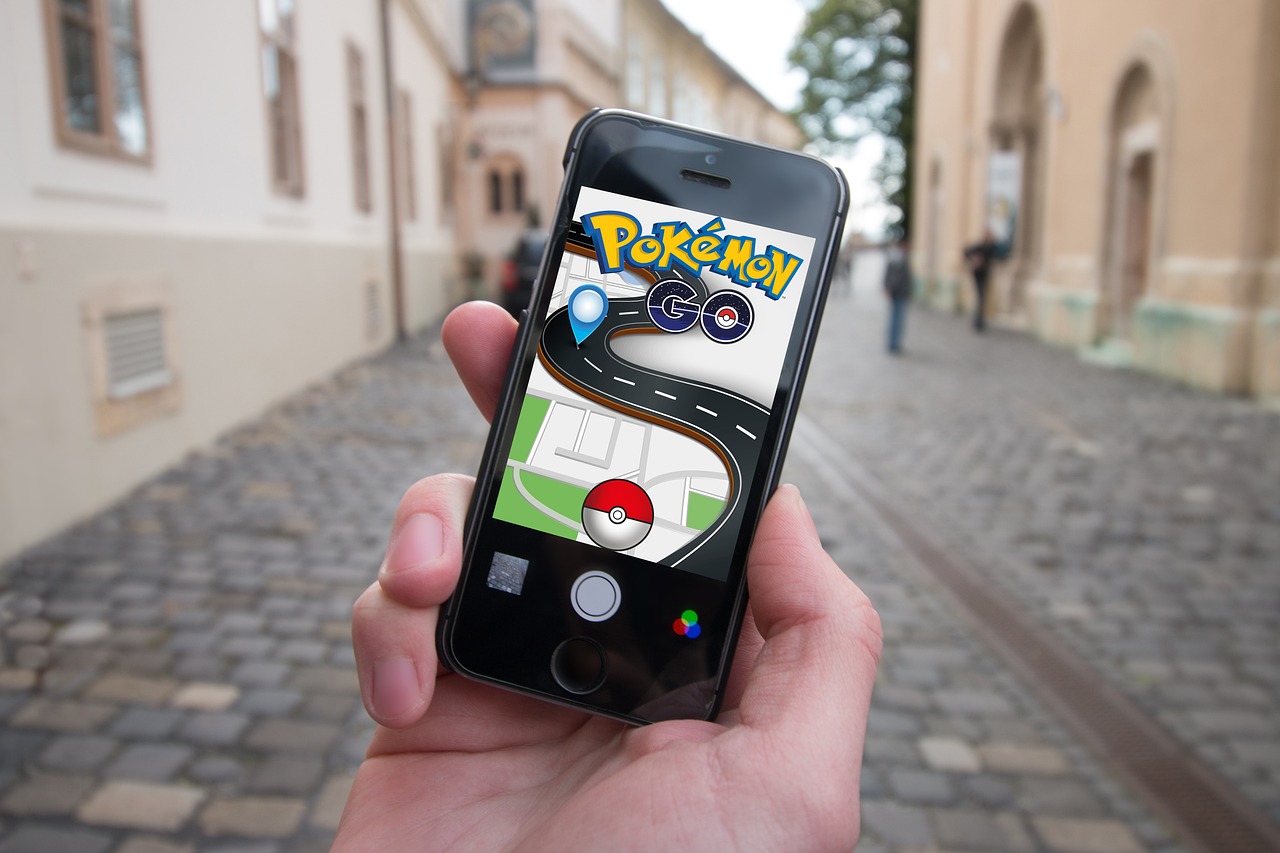
Benefits of Immersive Learning
When it comes to training for humanitarian assistance and disaster relief, traditional methods can sometimes feel like trying to learn how to swim by reading a book. Sure, you might grasp the theory, but until you’re in the water, you won’t truly understand how to navigate the waves. This is where immersive learning through virtual reality (VR) shines. By placing trainees in lifelike scenarios, VR allows them to engage with their training in a way that is both interactive and impactful.
One of the most significant advantages of immersive learning is the heightened level of engagement it offers. Trainees are not just passive observers; they become active participants in their learning journey. Imagine responding to a simulated earthquake, coordinating with team members, and making critical decisions on the fly. This hands-on experience fosters a deeper understanding of the material, making it much easier to recall information when it’s needed most. Studies have shown that immersive learning can improve information retention rates by as much as 75% compared to traditional methods.
Furthermore, immersive learning in VR promotes critical thinking and decision-making skills. In a disaster scenario, the clock is ticking, and decisions must be made quickly. Through realistic simulations, trainees can practice these skills in a safe environment, allowing them to learn from their mistakes without real-world consequences. For instance, they might have to decide whether to evacuate a building or provide first aid to an injured person. Each choice they make in the simulation helps refine their judgment and prepares them for the unpredictability of real-life emergencies.
Another key benefit is the ability to replicate realistic crisis situations. VR can create a variety of disaster scenarios—from natural disasters like floods and hurricanes to man-made crises like chemical spills. This diversity enables trainees to experience and adapt to different challenges, enhancing their problem-solving abilities. Just like a pilot uses flight simulators to train for various conditions, humanitarian responders can use VR to prepare for the myriad of situations they may encounter. The ability to practice in a controlled setting helps reduce anxiety and build confidence, which is crucial when lives are on the line.
Moreover, VR technology allows for customizable training environments. Different regions face unique challenges during disasters, whether it’s navigating urban landscapes or dealing with specific cultural considerations. By tailoring training scenarios to reflect these regional differences, organizations can ensure their teams are well-prepared for the specific conditions they will face during actual relief efforts. This adaptability is essential in a field where being prepared can mean the difference between life and death.
In summary, the benefits of immersive learning through VR extend far beyond just enhancing engagement. It cultivates critical skills, provides realistic training scenarios, and allows for customization to meet regional needs. As we continue to explore the potential of VR in humanitarian training, it’s clear that this technology is not just a trend—it’s a transformative tool that can significantly improve our readiness for disaster response.
- What is immersive learning? Immersive learning refers to educational experiences that fully engage participants, often through technology like virtual reality, allowing them to interact with the material in a lifelike way.
- How does VR enhance training for disaster relief? VR enhances training by simulating real-world scenarios, improving engagement, retention, and critical thinking skills among trainees.
- Can VR training be customized? Yes, VR training can be tailored to reflect specific regional challenges and scenarios, ensuring that trainees are adequately prepared for unique situations they may face.

Enhanced Scenario-Based Training
When it comes to disaster response, the stakes couldn't be higher. That's where in virtual reality (VR) comes into play. Imagine being thrown into a simulated earthquake, where you must navigate through rubble, locate survivors, and coordinate with your team—all without the real-world consequences of making a mistake. This is the essence of scenario-based training in VR: it allows individuals to engage in lifelike, high-pressure situations that mirror the unpredictability of actual disasters.
One of the standout features of VR training is its ability to create a wide array of scenarios that can challenge and develop a responder's skills. From natural disasters like hurricanes and floods to man-made crises such as chemical spills or terrorist attacks, the possibilities are virtually limitless. Trainees can experience:
- Earthquakes: Practicing search and rescue operations amidst collapsing structures.
- Floods: Learning how to navigate through rising waters and assist those trapped.
- Fires: Understanding how to evacuate individuals from smoke-filled buildings.
- Medical Emergencies: Responding to injuries in chaotic environments.
This immersive experience not only fosters critical thinking but also enhances decision-making skills. In a VR environment, trainees must assess situations rapidly and determine the best course of action, often under significant time pressure. This is akin to a pilot undergoing flight simulations; they practice navigating through turbulence and emergencies, which prepares them for real flights. Similarly, humanitarian responders who engage in VR training are better equipped to handle the chaos of real-life scenarios.
Moreover, the ability to repeat scenarios as many times as needed is a game changer. Unlike traditional training methods, where participants might only get one shot at a scenario, VR allows for repeated practice. This repetition solidifies learning and builds muscle memory, so when the time comes to act in a real disaster, responders can rely on their training with confidence. It's like learning to ride a bike; the more you practice, the more instinctive it becomes.
In addition to practical skills, VR scenario-based training enhances teamwork and communication. Many scenarios require participants to work in groups, mirroring the collaborative nature of actual disaster response. This interaction fosters a sense of camaraderie and helps build trust among team members, which is crucial when lives are on the line. By practicing together in a virtual environment, teams can identify strengths and weaknesses, improving their overall effectiveness.
In conclusion, enhanced scenario-based training in VR is revolutionizing how we prepare for disasters. By immersing trainees in realistic, high-stakes situations, we are not just teaching them how to respond; we are instilling in them the confidence and skills they need to save lives in real-world emergencies.
Q: How does VR training differ from traditional training methods?
A: VR training provides immersive, realistic scenarios that allow for repeated practice without the risks associated with live training exercises. This enhances skill retention and decision-making under pressure.
Q: Can VR training be customized for specific disaster scenarios?
A: Yes! VR technology allows for the customization of training environments to reflect regional challenges, ensuring that trainees are well-prepared for unique conditions they may encounter.
Q: Is VR training accessible to organizations of all sizes?
A: Absolutely! VR training can be scaled to reach a larger audience, making it accessible to organizations globally, regardless of their location.
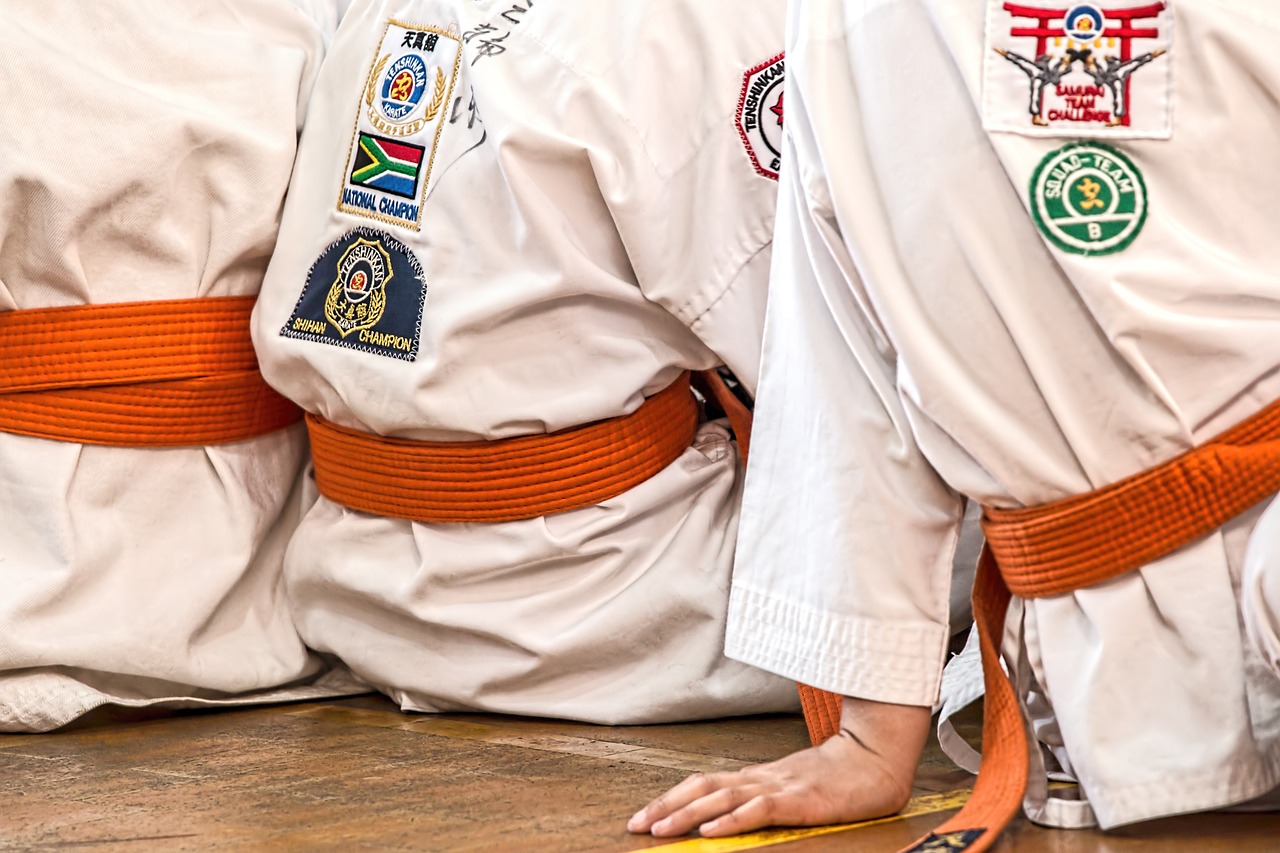
Realistic Simulations of Crisis Situations
When it comes to training for disaster relief, nothing beats the power of realistic simulations. Imagine stepping into a world where every sound, sight, and sensation mimics a real crisis. Virtual reality (VR) technology offers this immersive experience, allowing trainees to engage in scenarios that replicate the chaos and urgency of actual emergencies. This isn't just about playing a game; it's about preparing for life-and-death situations where every second counts.
One of the most significant advantages of VR simulations is their ability to create a controlled environment where mistakes can be made without dire consequences. Trainees can practice their responses to various crisis scenarios, such as natural disasters, medical emergencies, or humanitarian crises, all while receiving immediate feedback on their performance. This hands-on experience helps build confidence and competence, ensuring that when the real situation arises, responders are ready to act decisively.
Moreover, these simulations can be tailored to reflect specific types of crises that responders may encounter in different regions. For instance, a team preparing for a flood response can train in a virtual environment that accurately depicts the terrain and challenges they would face in a real flood situation. This level of customization ensures that trainees are not only familiar with general emergency protocols but are also equipped to handle local challenges effectively.
Additionally, VR training can simulate the psychological pressures of a crisis. Responders can experience the stress and chaos of a disaster scene, helping them learn to manage their emotions and make quick, rational decisions under pressure. This aspect of training is crucial because, in real life, the ability to stay calm and think clearly can mean the difference between successful intervention and tragic failure.
For example, a VR simulation might involve a multi-car accident where trainees must triage victims, communicate with emergency services, and navigate the emotional turmoil of bystanders. By immersing themselves in such scenarios, trainees develop not only their technical skills but also their empathy and communication abilities, which are essential in humanitarian work.
In summary, realistic simulations of crisis situations through VR technology provide an unparalleled training experience. They prepare responders not just to follow protocols but to think critically and act effectively in the heat of the moment. As we continue to embrace this innovative training method, the potential for improving disaster response capabilities becomes even more promising.
- What is VR training? VR training uses virtual reality technology to create immersive simulations for various training purposes, including disaster response.
- How does VR improve disaster response training? It allows trainees to practice in realistic environments, enhancing their skills, decision-making, and teamwork without real-world consequences.
- Can VR training be customized? Yes, VR training can be tailored to reflect specific regional challenges and scenarios relevant to the trainees.
- Is VR training cost-effective? Absolutely! It can reduce travel and logistical costs associated with traditional training methods.
- What are the future trends in VR for humanitarian aid? Future developments may include AI-driven simulations and increased interactivity, further enhancing training effectiveness.
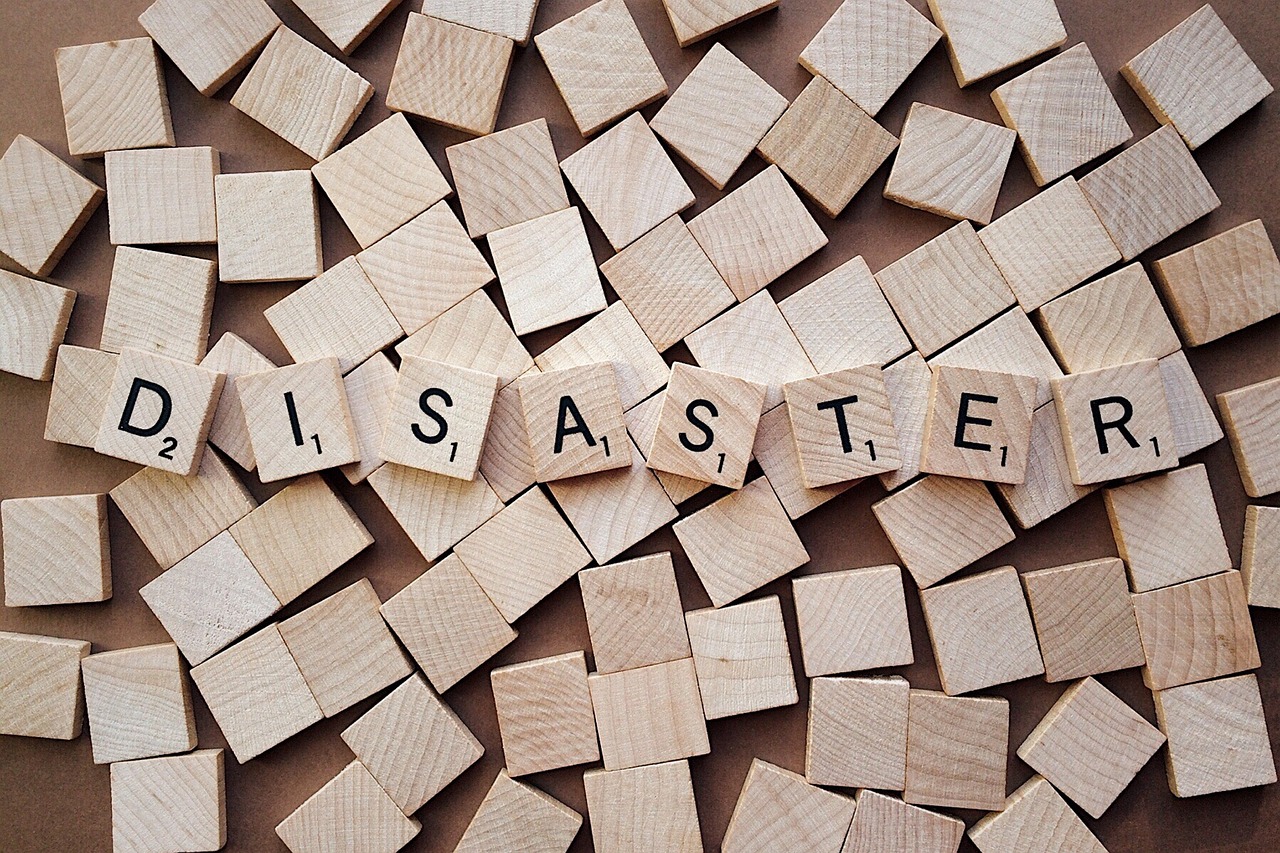
Customizable Training Environments
One of the most remarkable features of virtual reality (VR)
By utilizing VR technology, trainers can simulate various environmental factors such as weather conditions, geographical features, and even cultural contexts. This means that trainees can practice their skills in scenarios that closely mirror the conditions they will face in real-life situations. Imagine a group of responders preparing for a flood in a rural community; they can immerse themselves in a VR simulation that includes rising waters, local infrastructure, and community resources, allowing them to devise effective response strategies. Furthermore, the customization extends beyond just environmental factors. Training modules can be designed to include specific local protocols and resources, ensuring that responders are not only familiar with the general procedures but also with the nuances of their operational area. This level of preparation can significantly enhance the confidence and effectiveness of responders when they are deployed to actual disaster situations. As organizations adopt these customizable VR training environments, they can also gather valuable data on trainee performance. This data can be analyzed to identify strengths and weaknesses, allowing for further refinement of training scenarios. In this way, the feedback loop created by VR training not only improves individual skills but also contributes to the overall effectiveness of the organization’s response capabilities. In summary, the ability to customize training environments in VR is a game-changer for humanitarian assistance and disaster relief training. It prepares responders for the specific challenges they will face, enhances their skills, and ultimately leads to more effective and efficient disaster response efforts. VR training involves using virtual reality technology to simulate real-world scenarios for educational and training purposes. It allows trainees to practice skills in a safe, controlled environment. VR enhances disaster response training by providing immersive, realistic simulations that improve engagement, retention, and decision-making skills among trainees. Yes, VR training can be tailored to reflect specific regional challenges, ensuring that responders are well-prepared for the unique conditions they may encounter. Implementing VR training can reduce costs associated with traditional training methods, such as travel and logistics, while minimizing risks involved in live training exercises. Future trends may include the integration of AI-driven simulations and enhanced interactivity, making training even more effective and realistic. In the realm of humanitarian assistance and disaster relief, the importance of collaboration and teamwork cannot be overstated. When disaster strikes, the ability of responders to work seamlessly together can mean the difference between life and death. Virtual Reality (VR) takes this critical aspect of training to new heights by creating immersive environments where teams can practice their coordination and communication skills in real-time. Imagine a scenario where a flood has devastated a community; responders from various organizations must come together to assess damage, distribute aid, and provide medical assistance. VR allows them to rehearse these complex interactions without the risks associated with real-life drills. One of the standout features of VR training is its capacity to simulate multi-agency operations. Participants can embody different roles—such as a medic, a logistics coordinator, or a search-and-rescue operator—within the same training session. This role-playing aspect fosters a deeper understanding of each other's responsibilities and challenges. For instance, when a participant in the role of a medic needs supplies, they must communicate effectively with the logistics team to ensure timely delivery. Such interactions in a virtual setting not only enhance communication skills but also build trust among team members, which is crucial during actual emergencies. Furthermore, VR environments can be designed to reflect real-world challenges that responders might face. For example, trainees can experience the chaos of a disaster scene, complete with environmental hazards and time pressure. This realistic simulation encourages participants to think on their feet and adapt to rapidly changing situations. As they navigate these challenges, they learn the importance of effective communication and collaboration in high-stress environments. The experience can be eye-opening, revealing how vital it is to rely on each other, share information, and make collective decisions swiftly. Another significant advantage of VR training is its ability to facilitate remote collaboration. Teams spread across different geographical locations can engage in the same training exercise simultaneously. This feature is particularly beneficial for organizations with limited resources or those operating in remote areas. By using VR, they can connect and train together, breaking down barriers that might otherwise hinder effective communication and cooperation. Imagine a team from different countries, all working together to respond to a humanitarian crisis, practicing their coordination in a virtual world before they even set foot on the ground. This not only enhances their preparedness but also builds a global network of responders who can rely on each other in times of need. In conclusion, the integration of VR technology into humanitarian training is revolutionizing how teams prepare for disaster response. By providing a platform for enhanced collaboration and teamwork, VR ensures that responders are not only skilled individually but also capable of working together effectively. As we continue to harness the power of technology, the future of disaster relief training looks promising, with VR at the forefront of creating resilient, well-coordinated teams ready to face any crisis. VR training involves using virtual reality technology to simulate disaster scenarios, allowing responders to practice their skills in a safe and controlled environment. VR facilitates realistic simulations where team members can practice communication and coordination, helping them to work more effectively together during actual emergencies. Yes, VR environments can be tailored to replicate various disaster scenarios, ensuring that trainees are prepared for the specific challenges they may encounter. Implementing VR training can reduce costs related to traditional training methods, such as travel and logistics, while also minimizing risks. When it comes to training for humanitarian assistance and disaster relief, the cost-effectiveness of virtual reality (VR) training cannot be overstated. Traditional training methods often involve extensive travel, logistics, and resources that can quickly add up. Think about it: sending a team to a remote location for hands-on training can be not only expensive but also time-consuming. With VR, these challenges are significantly reduced, allowing organizations to allocate their resources more efficiently. Imagine being able to simulate a disaster scenario without the need for physical travel—this is the power of VR. One of the most compelling aspects of VR training is its ability to provide a safe environment for practice. In a traditional setting, trainees might need to engage in live drills that carry inherent risks. VR eliminates these risks, allowing participants to practice their skills without the fear of real-world consequences. This not only enhances safety but also encourages trainees to take risks in their decision-making, ultimately leading to better preparedness when faced with actual emergencies. Furthermore, VR training can significantly reduce the costs associated with materials and equipment. In traditional training, organizations often need to invest in physical props, vehicles, and other resources to create realistic training environments. In contrast, VR training requires only a headset and software, drastically cutting down on physical overhead. This shift allows organizations to focus their budget on quality content and expert instruction, rather than on logistics. To illustrate the cost benefits, consider the following table that compares traditional training costs versus VR training costs: As you can see, the cost difference is quite significant. Not only does VR training offer a more affordable solution, but it also provides a scalable option that can reach a larger audience. Organizations can easily implement VR training programs across multiple locations without the need for extensive travel or logistics, making it an appealing choice for those looking to enhance their disaster response capabilities. Moreover, the scalability of VR training allows for continuous learning opportunities. Instead of conducting training sessions once a year, organizations can provide ongoing training through virtual modules. This ensures that responders stay sharp and up-to-date with the latest techniques and protocols, all while minimizing costs. In conclusion, the cost-effectiveness of VR training makes it a game-changer in the field of humanitarian assistance and disaster relief. By reducing logistical expenses, enhancing safety, and providing scalable training options, VR is not just a trend—it's a valuable investment in our ability to respond to crises efficiently and effectively. One of the standout features of virtual reality (VR) training for humanitarian assistance and disaster relief is its remarkable accessibility and scalability. Imagine a scenario where a small non-profit organization in a remote village can access the same high-quality training as a large international agency in a bustling city. With VR technology, this dream becomes a reality. Trainees can engage in immersive learning experiences without the need for physical travel or extensive resources, breaking down geographical barriers that often hinder effective training. Furthermore, the scalability of VR training means that organizations can easily adapt their training programs to accommodate a growing number of participants. Whether it’s a handful of volunteers or hundreds of staff members, VR can handle the demand without compromising the quality of the training. This adaptability is crucial, especially in times of crisis when quick mobilization of resources and personnel is essential. Consider the following benefits of VR in terms of accessibility and scalability: The ability to customize training scenarios also enhances accessibility. Organizations can create tailored simulations that reflect the specific challenges faced in their regions, ensuring that trainees are adequately prepared for real-life situations. This customization is particularly important for humanitarian efforts, as different areas may experience unique types of disasters, from natural calamities like earthquakes to man-made crises such as conflict zones. In summary, the accessibility and scalability of VR training not only democratize learning opportunities for humanitarian responders but also enhance the overall effectiveness of disaster response efforts. As VR technology continues to evolve, we can expect even greater advancements that will further empower organizations to prepare for and respond to crises, no matter where they are located. 1. What is VR training for humanitarian assistance? 2. How does VR improve training outcomes? 3. Is VR training suitable for all organizations? 4. Can VR training be customized for specific disaster scenarios? 5. What are the future trends in VR for humanitarian training? The future of Virtual Reality (VR) in humanitarian aid is not just promising; it's poised to revolutionize the way we prepare for and respond to crises. As technology continues to advance at a breakneck pace, several trends are emerging that will enhance the effectiveness and realism of VR training simulations. One of the most exciting developments is the integration of Artificial Intelligence (AI) within VR environments. Imagine a scenario where AI algorithms can analyze a trainee's decisions in real-time, providing immediate feedback and tailored scenarios based on their performance. This level of interactivity could significantly improve learning outcomes, allowing responders to adapt and refine their skills dynamically. Moreover, as hardware technology becomes more accessible and affordable, VR training can reach a wider audience, including organizations in under-resourced regions. This democratization of technology ensures that even those in remote areas can benefit from high-quality training simulations, ultimately leading to a more globally prepared humanitarian workforce. The potential for cloud-based VR solutions is another trend to watch. These solutions would allow organizations to host training sessions that can be accessed by multiple participants from different locations, fostering collaboration and shared learning experiences. Furthermore, we can expect to see a rise in multi-sensory experiences in VR training. By incorporating elements such as haptic feedback, soundscapes, and even olfactory cues, trainees can experience a more immersive environment that closely mimics real-life conditions. This would not only enhance engagement but also help responders develop the emotional resilience needed to handle stressful situations effectively. In addition to these technological advancements, there is a growing emphasis on customization and localization in VR training programs. Organizations will increasingly seek to tailor simulations to reflect the specific challenges and cultural contexts of the regions they operate in. This level of personalization ensures that responders are not only technically prepared but also culturally competent, which is crucial in humanitarian efforts. Finally, the integration of data analytics into VR training platforms will provide organizations with valuable insights into the effectiveness of their training programs. By tracking performance metrics and analyzing trainee behavior, organizations can continuously improve their training methodologies and outcomes. This data-driven approach will ensure that humanitarian responders are not just trained but are trained effectively, ready to tackle the unpredictable nature of crises. VR training for humanitarian assistance involves using virtual reality technology to create immersive simulations that help prepare individuals for disaster relief situations. By practicing in a safe, controlled environment, trainees can enhance their skills and readiness for real-life emergencies. VR enhances learning and retention by providing engaging, realistic experiences that stimulate active participation. This immersive approach allows trainees to better remember critical information and develop decision-making skills, ultimately improving their effectiveness in crisis situations. Yes! One of the significant advantages of VR training is its ability to be tailored to reflect specific regional challenges and disaster scenarios. This customization ensures that trainees are well-prepared for the unique conditions they may encounter in actual disaster relief efforts. VR training promotes teamwork by allowing multiple participants to engage in simulations together. This collaborative environment enhances communication and teamwork skills, which are vital for successful humanitarian operations during crises. Absolutely! Implementing VR training can significantly reduce costs associated with traditional training methods, such as travel and logistics. Moreover, it minimizes the risks involved in live training exercises, making it a safer and more economical option for organizations. Organizations involved in disaster relief, emergency response teams, and humanitarian aid workers can all benefit from VR training. The accessibility and scalability of VR technology make it possible for a wide range of organizations, regardless of location, to improve their preparedness for humanitarian crises. The future of VR in humanitarian aid is promising, with potential developments including AI-driven simulations and enhanced interactivity. These advancements will likely make training even more effective and realistic, further improving the skills of responders in crisis situations.
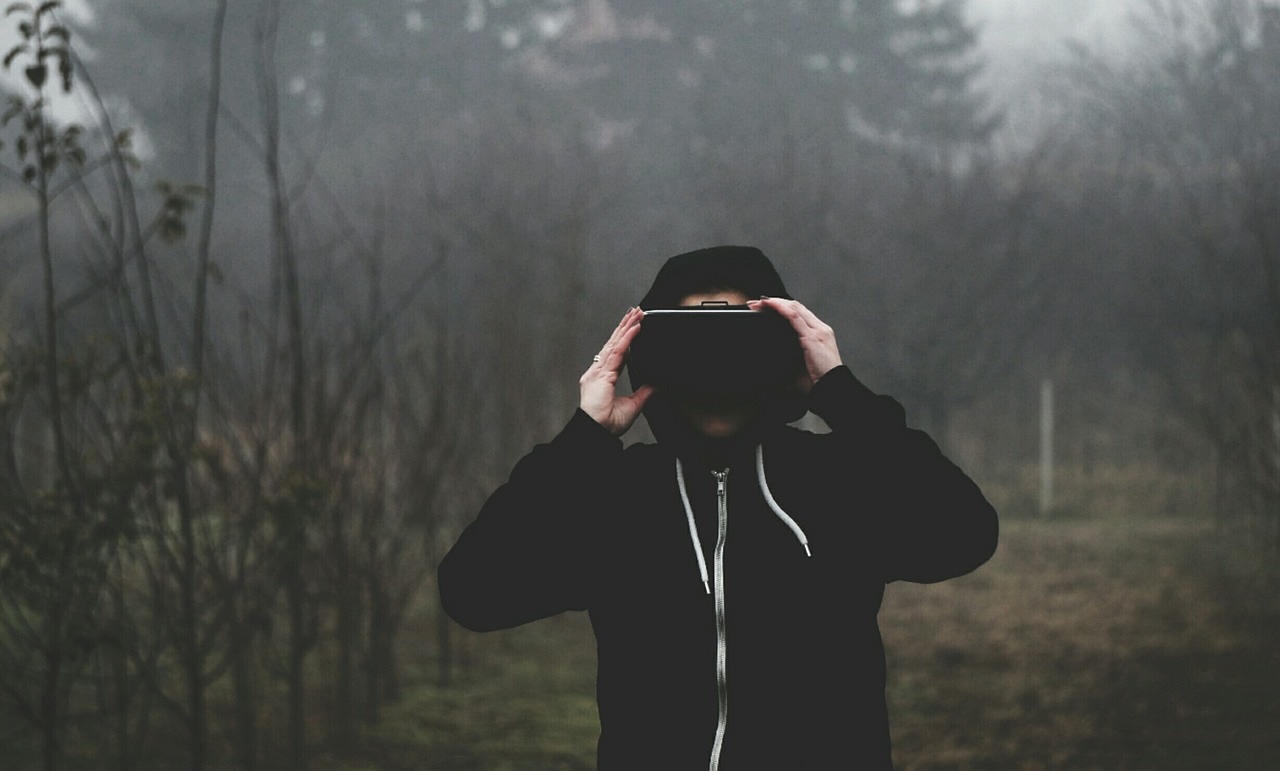
Collaboration and Teamwork in VR

Cost-Effectiveness of VR Training
Training Method
Estimated Cost
Key Advantages
Traditional Training
$10,000 - $50,000
Real-world experience, physical interaction
VR Training
$5,000 - $20,000
Safe environment, scalable, customizable

Accessibility and Scalability
VR training for humanitarian assistance involves using virtual reality technology to simulate disaster scenarios, allowing responders to practice their skills in a safe and controlled environment.
VR enhances training outcomes by providing immersive experiences that increase engagement, retention of information, and critical thinking skills required for effective disaster response.
Yes, VR training is suitable for organizations of all sizes, from small non-profits to large international agencies, as it can be easily scaled to meet different needs.
Absolutely! VR technology allows organizations to create tailored training modules that reflect the unique challenges of their operational regions.
Future trends include the integration of AI-driven simulations, enhanced interactivity, and more realistic scenarios, making VR training even more effective.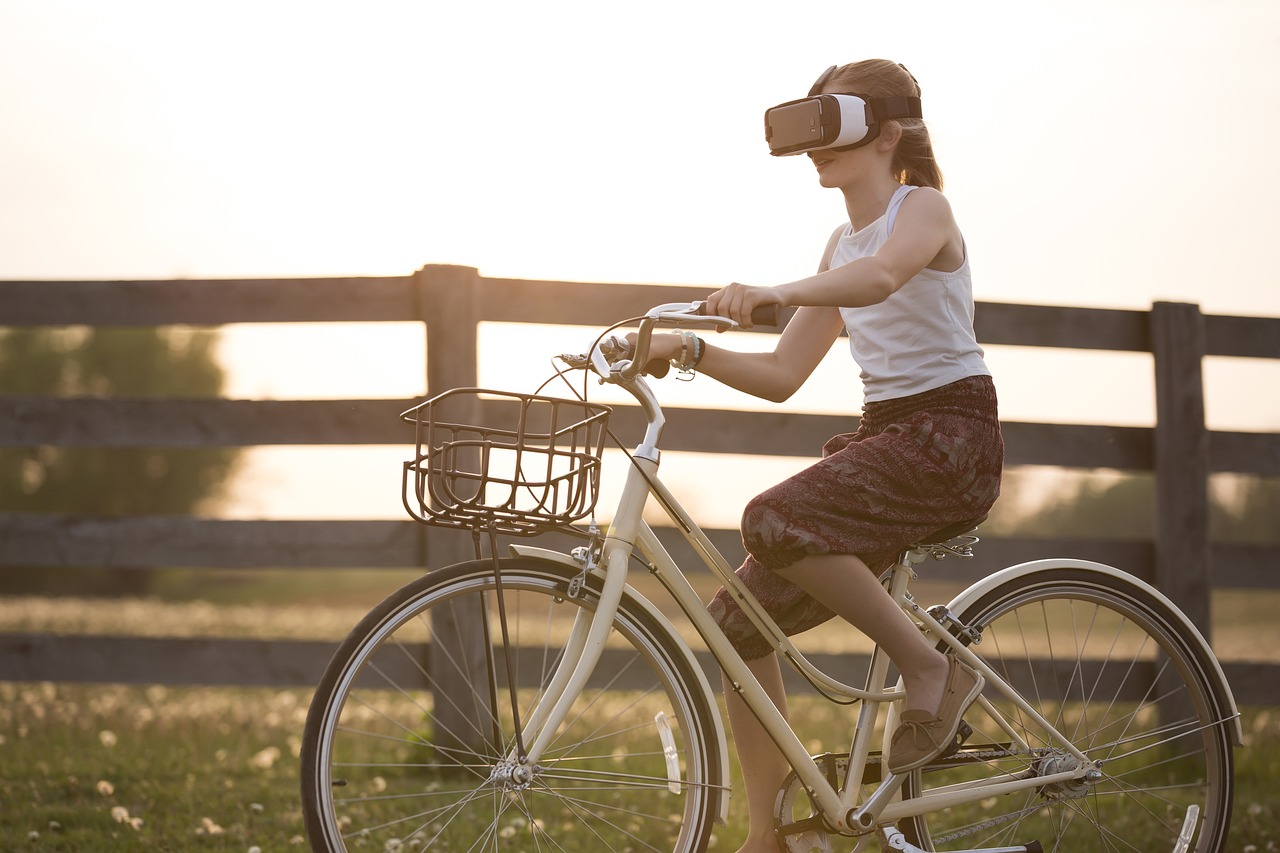
Future Trends in VR for Humanitarian Aid
VR training in humanitarian aid involves using virtual reality technology to simulate real-world disaster scenarios, allowing responders to practice their skills in a safe environment.
VR enhances disaster response training by providing immersive, scenario-based experiences that improve engagement, retention, and critical thinking skills.
Future trends include AI integration, multi-sensory experiences, cloud-based solutions, and enhanced data analytics for training effectiveness.
As technology becomes more affordable, VR training is increasingly accessible to organizations worldwide, including those in remote areas.Frequently Asked Questions






